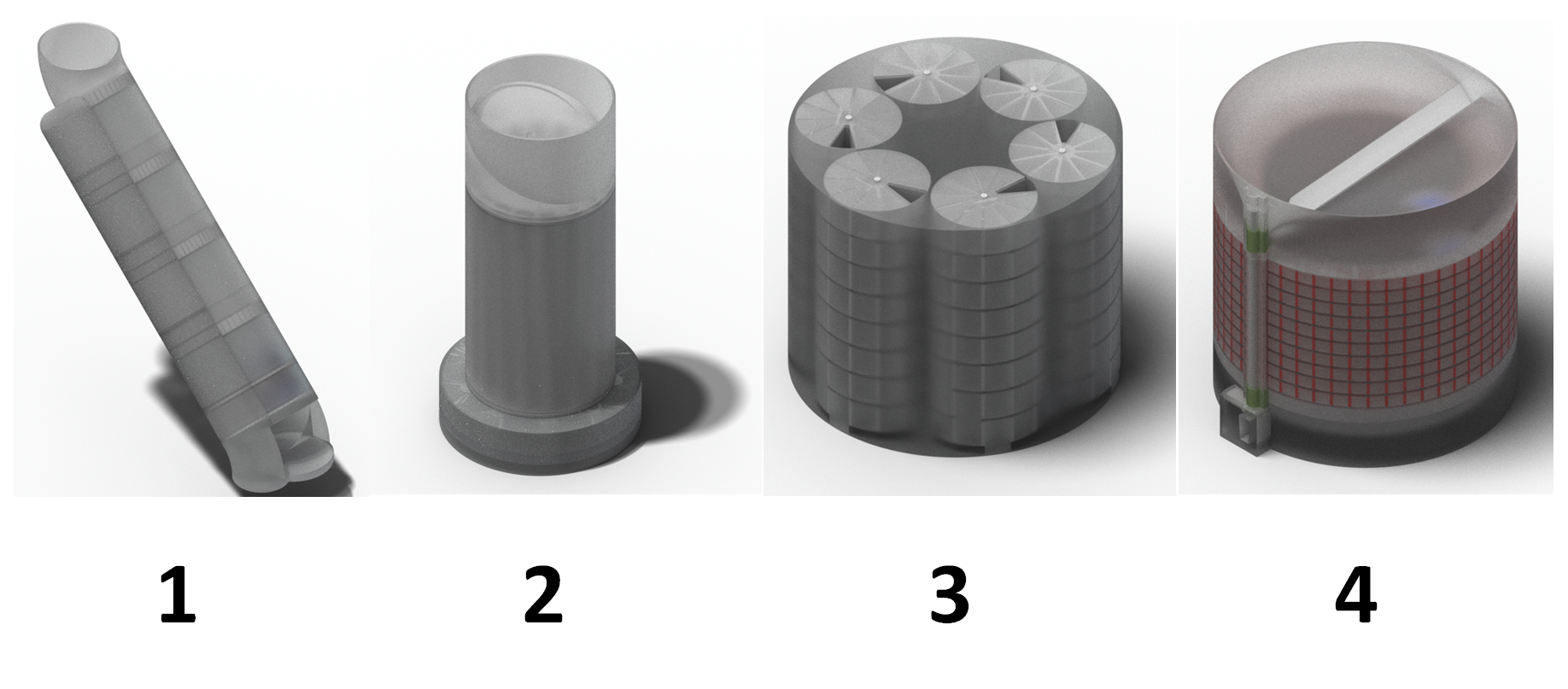Project Progress
- Brainstorm functional requirements - Done
- Brainstorm: mechanical solutions - Done
- Digital prototypes
- Rotating Plate - Done
- Tube - Done
- Cascading Container - Done
- Stacked Container - Done
- Determine "Project Direction" - Done (Cartridge Type)
- Physical prototype
- Cartridge Mounting - In progress
- Cartridge Dispensing - In progress
- Appliance
- Human interactions
- Define electrical scope - In progress
- Define program scope - In progress
- Prototype electrical system
- Prototype GUI
- Working Prototype
- Complete prototype
- Failure analysis
- Determine improvements
- Revision 1
 dthunes
dthunes





 Alessio Fabrizio
Alessio Fabrizio
 Carl Strathearn
Carl Strathearn
 Laurence
Laurence
I might be outdated but load-cells in the past have been used more for heavy work, not these little ones... I personally installed them for truck and railroad scales... YEARS ago :o)